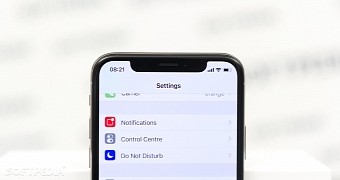Google wants phones that will launch with Android Q out of the box to feature Apple-like facial recognition systems, so the company is currently developing the necessary framework to support this feature.
Apple is the first company that invested heavily in secure facial recognition, despite the feature being around for many years already. For example, Microsoft launched the Lumia 950 XL with Windows Hello back in October 2015, but given the low adoption of this mobile platform, the feature never took off on its smartphones.
Cupertino, on the other hand, was very committed to its facial recognition system, so the company used a complex approach that relied on a mix of components to achieve higher accuracy.
Apple’s latest-generation iPhones use Time of Flight sensors, IR illuminators, dot projectors, and front-facing sensors to scan the face of the user and unlock the device.
3D sensing cameras coming to Android devices
Most Android devices come with just basic facial recognition systems that rely on the selfie camera for authentication. These systems, however, have already shown their limits, and in some cases, it was possible to unlock the smartphones using nothing more than a picture of the owner.
Companies like Huawei have embraced a more advanced approach and created the necessary framework for 3D sensing facial recognition on their own, though this is obviously a solution that’s not really convenient for everyone.
But Google does want to make it convenient, so in the next Android release, it will provide the necessary software for manufacturers to build such features. XDA has discovered code in the latest Android builds which confirm that Google is working to make this happen, and by the looks of things, it seems that Android Pie due in the summer is the target.
This could also be a sign that Google’s next-generation Pixel could come with 3D sensing facial recognition too. This would be a major upgrade to the current model lineup which doesn’t even offer the standard feature described above, despite its predecessor actually sporting such capabilities.

 14 DAY TRIAL //
14 DAY TRIAL //